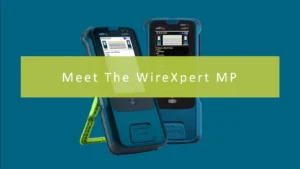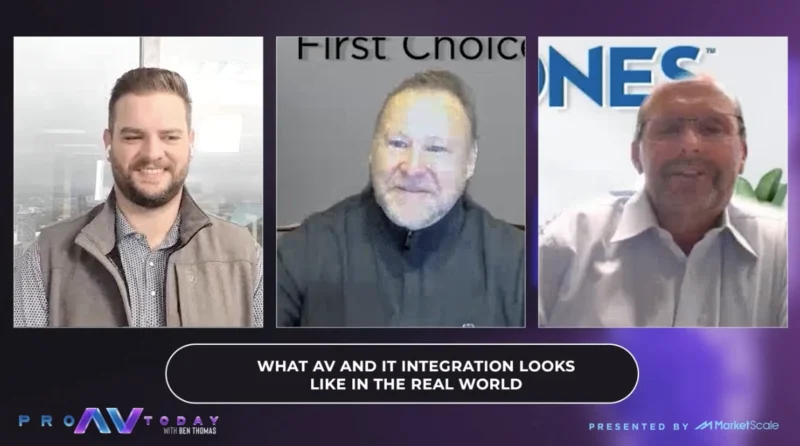The Past, Present and Future of Hologram Technology
While hologram technology isn’t new, the modern application is night and day from where it started decades ago. To discuss its evolution and applications, Pro AV Today host Ben Thomas chatted with Larry O’Reilly, CEO of ARHT Media, experts in the hologram space.
“The modern era of holograms was really Tupac at Coachella. The interactions created a sensation, and that inspired my company,” O’Reilly shared.
Beyond entertainment, there are many business use cases for hologram technology. O’Reilly explained, “Our focus is on holographic telepresence where people appear life-like with no latency, and it’s changing the medium of digital communications.”
By beaming these 3D holograms, O’Reilly explained, “It’s creating a presence that the person is actually there, and a greater emotional connection as opposed to 2D.”
As for who can use holographic technology, O’Reilly noted that it applies to many environments. “The healthcare industry uses it to educate medical providers with a product specialist. It works for anybody that sells and markets at conferences, entertainment, and houses of worship.”
So, how does it work? “The presenter is on a green screen with a mic and speaker. There’s a 4K camera with audience feedback. Getting the proper angle is necessary to match up eye lines. Then the rich video is encrypted, compressed, and securely sent to a projector and displayed on a proprietary screen in .3 seconds or less,” O’Reilly described.
By creating this illusion that the person is there, audiences can respond the same way, if not better, with 3D holograms. “The conversation looks so natural, and you can see the body language. There’s a 120-degree viewing angle, so everyone has a good experience,” O’Reilly added.








